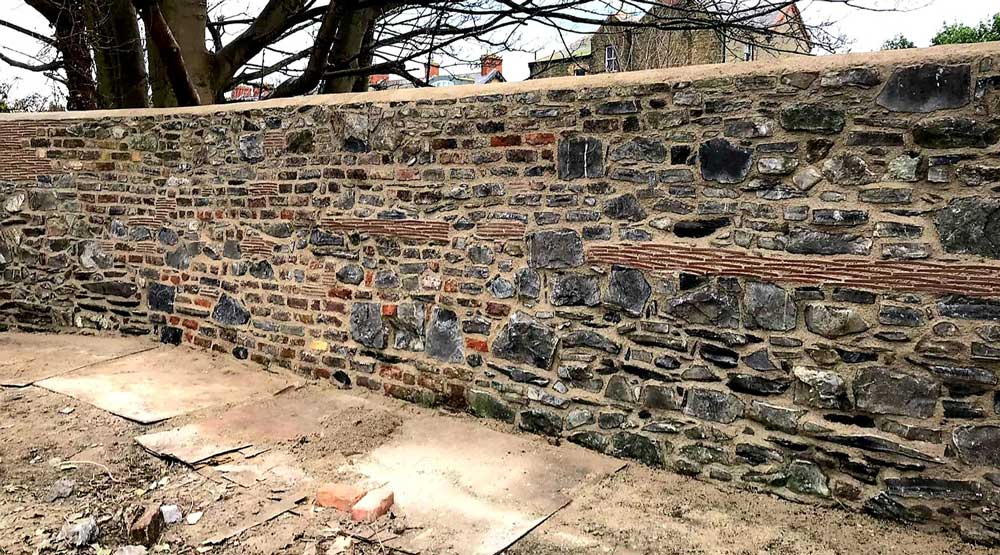More than Basics: Advanced Techniques in Stone Restoration
Restoring rock exteriors is an skill that necessitates a mix of craft, wisdom, and an admiration for the material's background. No matter if you're dealing with aged outdoor elements or weary indoor marble accents, innovative techniques in marble restoration can elevate your project from basic repairs to spectacular transformations. This manual will explore beyond the basics, offering views into the cutting-edge methods and innovative approaches that guarantee your marble surfaces not only look great but also survive for decades to be enjoyed.
As you begin your stone restoration adventure, it is crucial to understand the frequent pitfalls that can obstruct progress. From comprehending the kinds of marble to choosing the suitable restoration products, there are several factors that play a key role in attaining favorable results. In this article, we will also emphasize the significance of maintaining these surfaces and give tips on how to identify when it's the right time to start a restoration project. Come along with https://stonerestoration.com.au/services/marble-restoration-sydney/ as we dig into the advanced techniques that can help you preserve the beauty and integrity of rock for years to appreciate.
Comprehending Stone Refurbishment Techniques
Stone refurbishment is a detailed process that aims to return natural stone surfaces to their authentic aesthetic appeal and functionality. This involves various techniques that deal with not only cosmetic issues like stains and scratches but also structural integrity issues. The first step in any restoration project is to examine the type of stone and the exact damage it has incurred, as various stones, such as granite, demand distinct methods for successful restoration.
One of the most prevalent techniques in stone restoration is refining, which is used to remove surface-level scratches and marks while providing a non-glossy finish. This process typically involves using abrasive pads and liquid to polish the surface of the stone. After honing, shining may be performed to improve the stone's shine and bring out its natural colors. Additionally, sealing is important in safeguarding restored stone surfaces from future damage, allowing for simpler upkeep and longevity.
Another advanced technique is the use of chemical solutions, which can help with deeper stains or color fading. These treatments usually employ acid-based solutions that interact with minerals in the stone, effectively lifting stains without damaging the surface. However, it's important to handle these chemicals properly and evaluate on inconspicuous areas beforehand, as misapplication can result in additional damage. Comprehending these techniques is essential for achieving excellent results in stone restoration projects.
Frequent Oversights in Stone Refurbishment
One of the top common errors in stone restoration is the use of incorrect cleansing techniques. A lot of people turn to harsh substances or harsh equipment that can damage the rock's exterior instead improving its appearance. It is vital to use pH-neutral agents and steer clear of anything that can graze or deteriorate the authentic texture of the rock. Comprehending the type of stone being refurbished helps in choosing the suitable cleaning agent and method to ensure the integrity of the exterior is upheld.
Another common oversight is neglecting to carry out a comprehensive evaluation before starting the restoration project. Failing to identify the particular challenges at hand, for instance substantial construction deficiencies or moisture harm, can cause shallow fixes that do not address the fundamental problem. This can lead to repetitive problems and additional expenses down the road. A meticulous examination is essential to create a specific refurbishment approach that takes into account both visual and construction demands.
At last, incorrect sealing of restored stone is a blunder that can greatly impact its lifespan. Many assume that sealing is a one-time process; however, different types of stone require diverse care plans based on their porosity and interaction to environmental factors. Periodically monitoring and restoring protectants can prevent water damage, staining, and general wear, ensuring the rock continues appealing and durable over the years. Grasping the exact maintenance criteria of each stone category allows homeowners to maintain their refurbished spaces effectively.
Maintaining Your Restored Stone Surfaces
After your stone surfaces have been expertly restored, the key to longevity lies in proper maintenance. Regular cleaning is essential to avoid dirt and grime from accumulating, which can dull the surface and lead to further damage. Use a pH-neutral stone cleaner and soft cloths or mops to gently clean the area without scratching the surface. Avoid harsh chemicals or abrasive materials that could disrupt the restoration work and lead to costly repairs.
In addition to cleaning, sealing your stone surfaces is crucial to protect them from stains and moisture. Depending on the type of stone, a premium sealer should be applied every few years to maintain its integrity and appearance. Be sure to follow the manufacturer's instructions for application and re-sealing to ensure maximum effectiveness. This not only sustains the look of the stone but also extends its lifespan.
Lastly, be mindful of the environment surrounding your stone surfaces. Indoor climates can influence stone health, so ensure proper humidity and temperature levels to avoid cracking or erosion. For exterior stone, routine inspections for signs of wear or damage after extreme weather events are essential. Addressing these issues promptly will help you maintain your restored stone surfaces in optimal condition for years to come.
